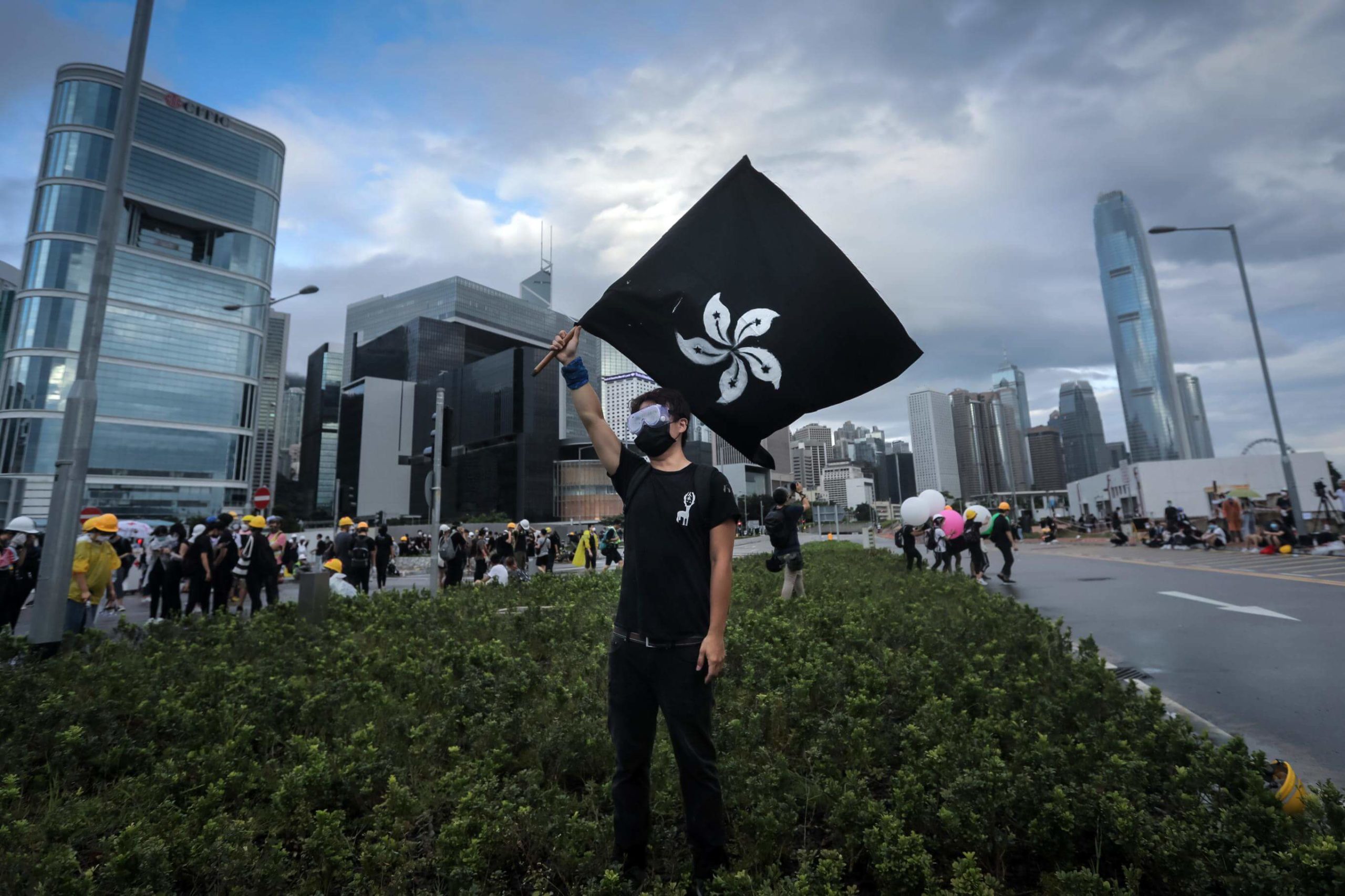
Advertising flags are ideal for promoting different products, brands, and services. Custom flags are often used in campaigns and events because they’re affordable and durable. Plus, they’re lightweight and portable, so they can be brought anywhere. But, before today’s entrepreneurs utilized them, they were already serving multiple purposes civilizations ago. Here’s more information about their origin and modern types.
Brief History
Flags were used in ancient times, with the earliest recorded date going back to 2,400 B.C. Fast forward to 960, people had developed traditional screen printing to make banners that stated the names of clans and dynasties at diplomatic events. While they were proclaiming themselves instead of products, this is considered one of the first instances of advertising with these pieces of cloth.
Romans also hung banners outside their properties to inform people of ownership, while knights carried them into the battlefield to identify allies and foes. Centuries later, in the 1800s, trade unions emerged, and members utilized flags to express their sentiments about labor laws.
After being popularized by trade unions, other organizations also utilized banners. They were often seen at various events, ranging from entertainment to religious purposes. This became more widespread in the 1990s, as modern-day screen printing was developed. Flags turned into an affordable but effective advertising strategy to let people showcase their products. Plus, marketers could choose varying colors and textures for the cloth to catch buyers’ attention.
As retail continued to rise in Japan and China in the 1960-70s, advertising flags became more sought after in those countries. Other regions soon caught onto the trend, and decades later, this still reigns as an efficient form of promotion.
Modern Types
Today’s advertising banners come in various designs and are usually categorized according to their shapes. Straight flags, for instance, have a classic rectangular form and plenty of space to place messages. So, they’re ideal for those who need to put several words or large images.
Meanwhile, feather-shaped variants have sleek, smooth edges that give them a sophisticated vibe, so they’re perfect for elegant events. Teardrop ones are also popular because of their unique appearance and ability to move with the wind, making them preferable for outdoor use.
Regardless of the type, people should consider their business when utilizing banners. Straightforward designs are optimal for serious brands, while creative styles are the go-to choice for lighthearted ones. Advertisers must also factor in the materials, especially if they’ll use the flag outdoors.
Banners have been utilized for millennia and proven effective in promoting products and brands, so many entrepreneurs prefer them, especially the custom flag. Since they can mix and match various colors, shapes, and materials, a suitable design can be created for any business.